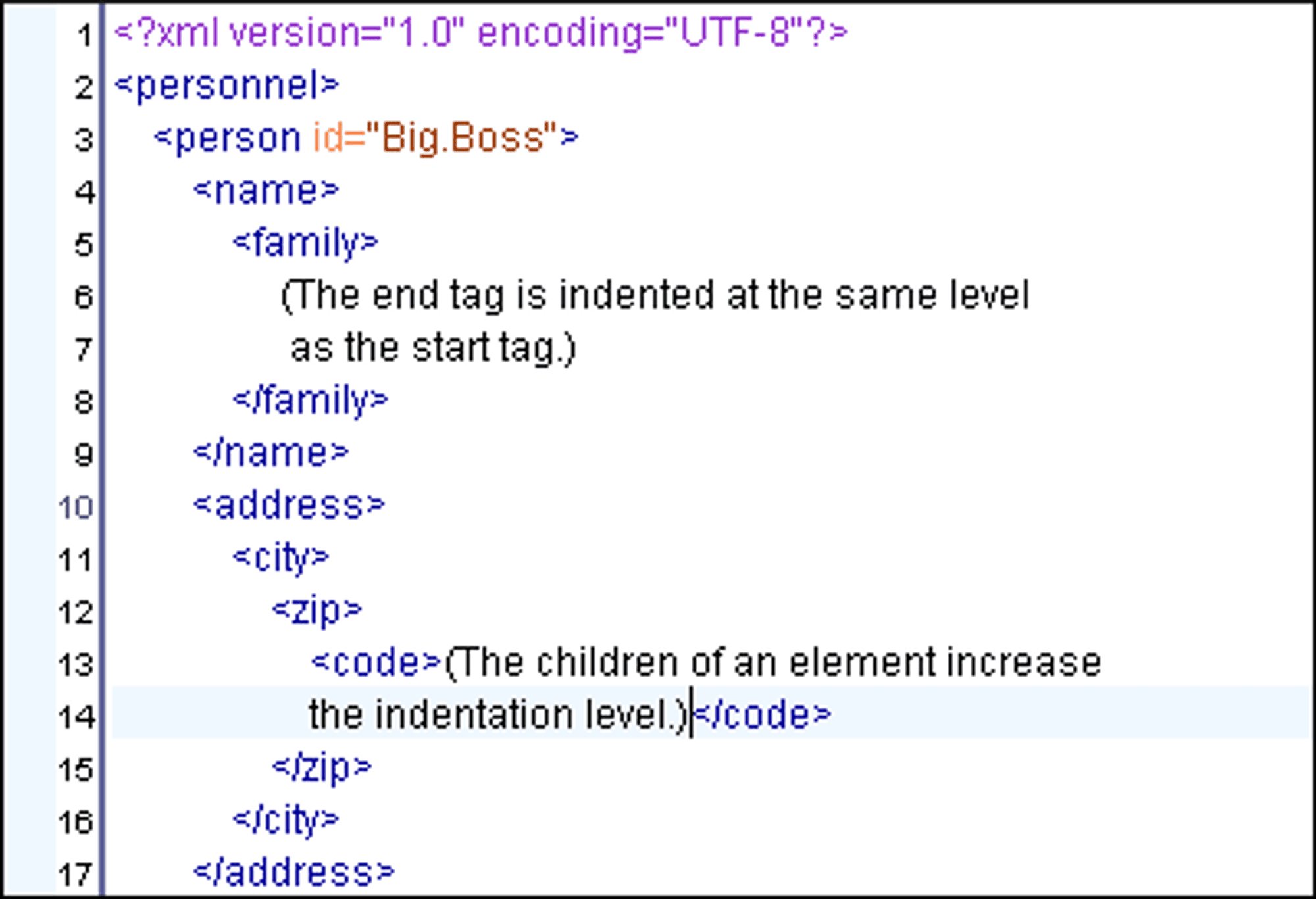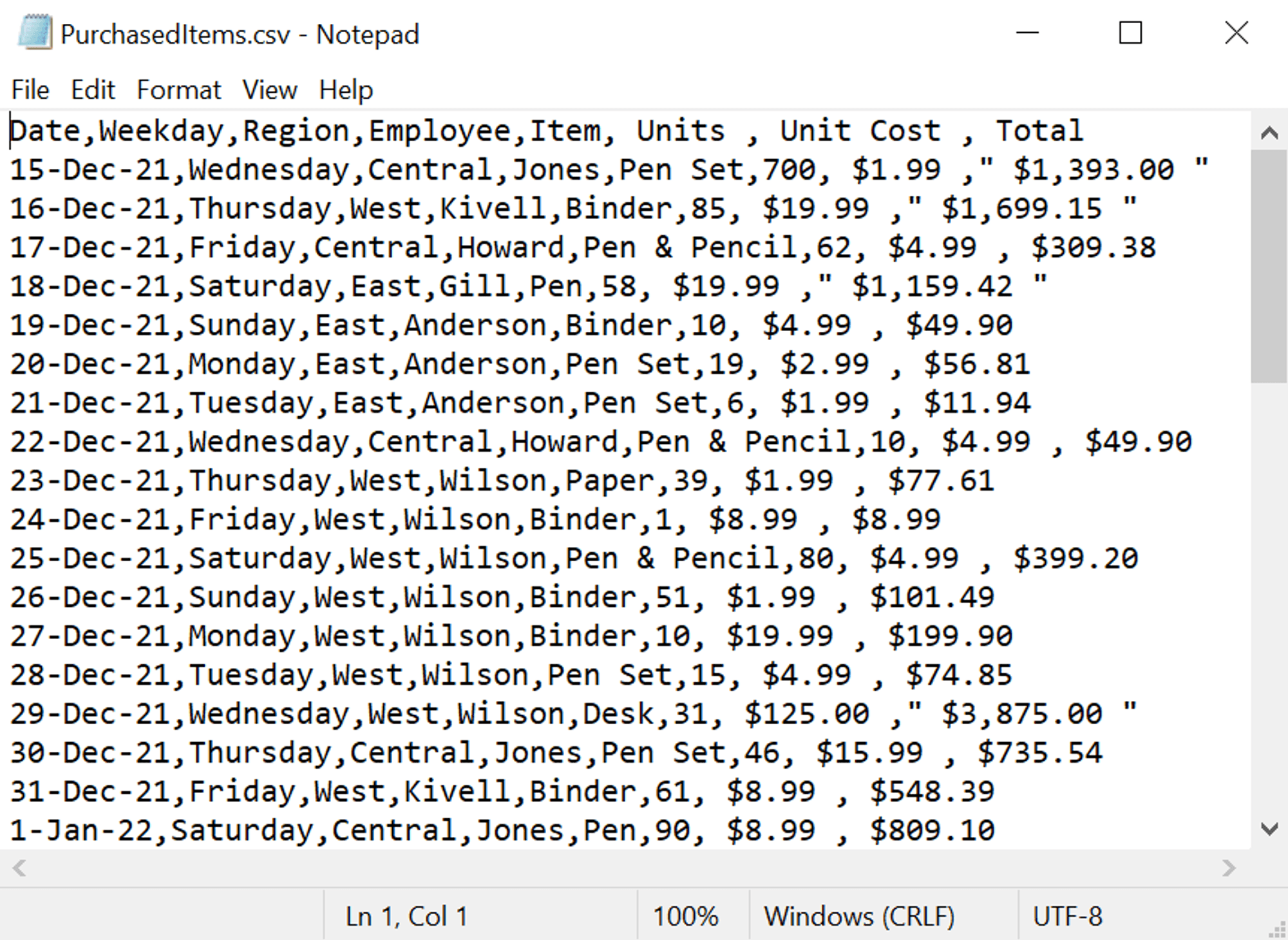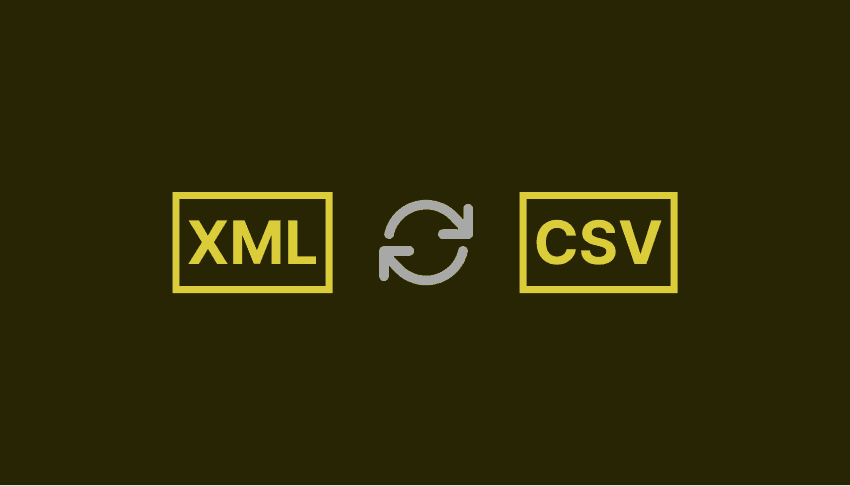XML To CSV
Convert

Show Your Support with a Star ⭐
It takes just a second, but it means the world to us.
Understanding XML to CSV Conversion
The process of converting XML (eXtensible Markup Language) data, a widely-used standard for encoding documents in a format readable by both machines and humans, into CSV (Comma-Separated Values) format is known as XML to CSV conversion.

CSV is a simple, tabular format, perfect for spreadsheet applications and data analysis tools. This conversion is necessary when you need to transition from a hierarchical structure (like XML) to a flat, tabular structure (like CSV), allowing for more straightforward data access and manipulation in tools such as Excel or Google Sheets.

Key Use cases of XML to CSV
Data Analysis and Reporting: Data analysts frequently convert XML to CSV to take advantage of robust spreadsheet tools for data analysis, visualization, and reporting.
Database Data Import: Database management often requires data in a tabular format. Converting XML to CSV simplifies the data importing process into SQL databases or other data storage systems.
Machine Learning and Data Science: Data scientists may convert XML datasets into CSV format for preprocessing and cleaning the data with statistical software or programming languages like Python and R.
Software Development: Developers creating data export features in their applications might need to offer data in both XML (for document encoding) and CSV (for end-users who prefer spreadsheets) formats.
How to Use the XML to CSV Convertor?
Upload XML: Simply drag and drop your XML file into the converter.
Convert & Download: Click "Convert" and download your CSV file within moments.
Utilize Your Data: Open your CSV in any spreadsheet tool or data application to start working with your data.
A Quick XML to CSV Conversion Example
XML input:
CSV output:

